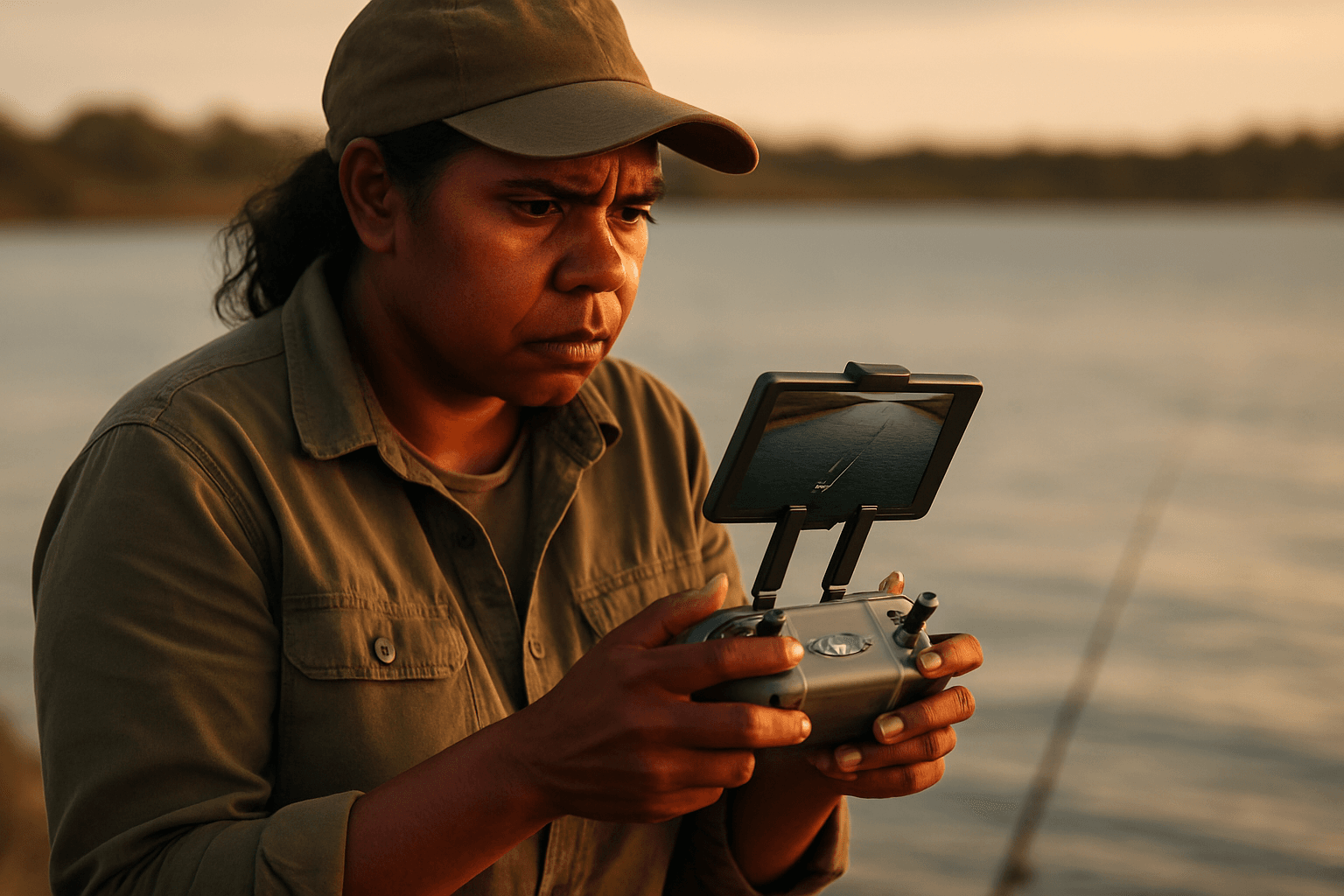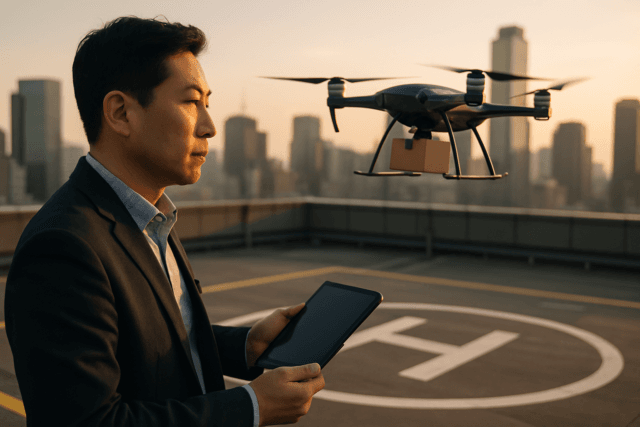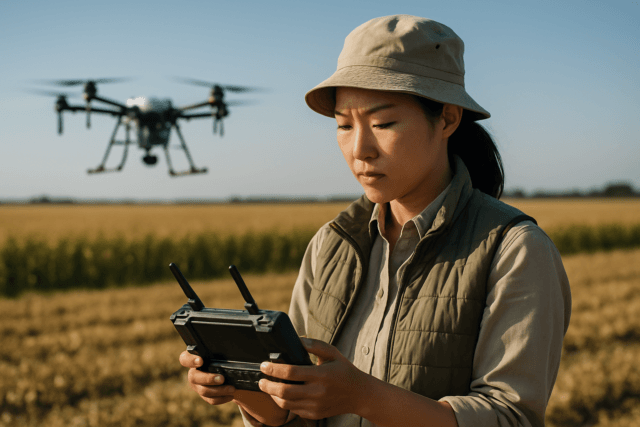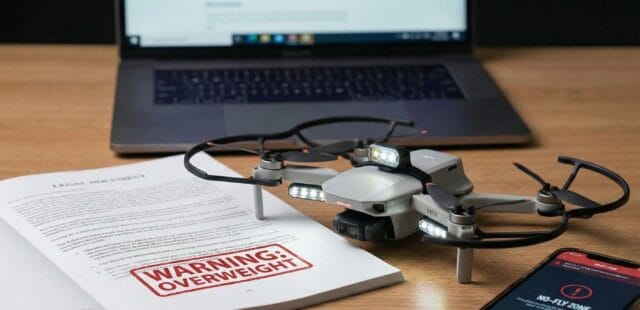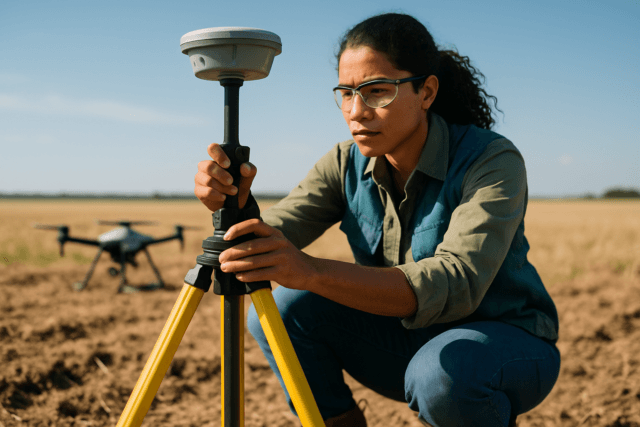Capturing the thrill of drone fishing from an aerial perspective offers a unique and visually stunning way to document the experience. However, achieving sharp, vibrant, and well-exposed images and videos over often bright and reflective water requires a nuanced understanding of drone camera settings. This guide delves into the essential settings and techniques to help you elevate your drone fishing photography from good to genuinely captivating.
Understanding the Exposure Triangle: ISO, Shutter Speed, and Aperture
At the heart of any great photograph or video lies proper exposure, controlled by the interplay of ISO, shutter speed, and aperture. Mastering these three elements is crucial for drone fishing photography, where lighting conditions can be particularly challenging.
ISO: Sensor Sensitivity and Image Noise
ISO dictates your camera sensor’s sensitivity to light. A lower ISO (e.g., 100) means less sensitivity, producing cleaner images with minimal “noise” or grain, ideal for well-lit conditions. Conversely, a higher ISO increases sensitivity, allowing for shooting in low-light scenarios but introducing more noise.
For drone fishing, especially in bright daylight over water, aim for the lowest possible ISO, typically ISO 100. This minimizes noise and maximizes image quality. While some drones can handle higher ISOs (e.g., ISO 400 or even 800 for some Phantom 4 Pro/RTK models) with proper noise reduction, it’s generally best to keep it low for the cleanest results.
Shutter Speed: Freezing Motion and Creating Flow
Shutter speed controls how long the camera’s sensor is exposed to light. A faster shutter speed freezes motion, perfect for capturing crisp, clear shots of fast-moving subjects like fish jumping or a drone in flight. A slower shutter speed, on the other hand, introduces motion blur, which can be used creatively to convey movement in flowing water or clouds.
For drone fishing photography, a fast shutter speed (e.g., 1/500th of a second or above) is often desirable to capture sharp images of fish and the water’s surface without blur. For video, the “180-degree shutter rule” is a widely adopted guideline, suggesting that your shutter speed should be double your frame rate for natural-looking motion blur. For example, if shooting at 30 frames per second (fps), a shutter speed of 1/60th of a second is recommended. However, in bright conditions, achieving this without overexposure often necessitates the use of Neutral Density (ND) filters.
Aperture: Depth of Field and Light Control
Aperture refers to the size of the opening in the lens that allows light to pass through, influencing both exposure and depth of field. A wider aperture (smaller f-number, e.g., f/2.8) lets in more light and creates a shallower depth of field, blurring the background and isolating the subject. A narrower aperture (larger f-number, e.g., f/8) lets in less light and creates a deeper depth of field, keeping more of the scene in focus.
Many entry-level drones have fixed apertures, but higher-end models offer variable aperture control. For drone fishing, a narrower aperture can be beneficial for keeping more of the expansive water and landscape in sharp focus. If your drone allows it, maintaining an aperture between f/4 and f/5.6 can provide good depth and sharpness.
Essential Settings for Drone Fishing Photography
Beyond the core exposure triangle, several other camera settings play a vital role in capturing stunning drone fishing visuals.
White Balance: Accurate Color Representation
White balance adjusts the colors in your image or video to accurately represent the true colors of the scene, counteracting color casts from different light sources. Natural daylight typically has a color temperature around 5500K.
While auto white balance (AWB) can be a good starting point, especially for beginners, it can struggle with the reflective surfaces of water and the changing light conditions of a fishing environment, potentially leading to inconsistent color. For more professional results, manually setting the white balance is recommended, particularly for video, as changes in AWB during a clip can be noticeable. You can use preset modes like “Sunny” or “Cloudy,” or dial in a specific Kelvin value. For example, setting it between 5000K and 6000K for daylight conditions is a good starting point. Using a grey or white card to set a custom white balance can provide the most accurate color representation.
ND Filters: Your Sunglasses for the Drone
Neutral Density (ND) filters are indispensable for drone photography, especially in bright conditions over water. They act like “sunglasses” for your camera, reducing the amount of light entering the lens without affecting color. This allows you to use slower shutter speeds (for cinematic video) and wider apertures (for shallower depth of field) without overexposing your shots.
For drone fishing, ND filters are crucial to achieve the desired shutter speed for video (following the 180-degree rule) in bright sunlight. A set of ND filters typically includes various strengths like ND4, ND8, ND16, ND32, and ND64, allowing you to adapt to different light conditions, from cloudy to extremely bright. ND filters can also help with long exposure photography, blurring flowing water into a smooth, magical stream. Some filters even combine neutral density with polarization (ND/PL filters) to further cut glare and boost contrast.
Resolution and Frame Rate: Clarity and Smoothness
For both photos and videos, choosing the right resolution and frame rate is crucial. Modern drones often offer 4K video recording, which provides excellent detail and flexibility for cropping in post-production. Higher resolutions mean larger file sizes but significantly better quality.
For cinematic video, 24 frames per second (fps) is often considered the standard. However, 30 fps is also a popular choice and generally recommended for smoother footage if you’re not strictly adhering to the 180-degree shutter rule. If you intend to create slow-motion footage, shooting at higher frame rates like 60 fps, 100 fps, or even 120 fps (if your drone supports it at a high resolution like 4K) will give you more options in editing.
Color Profile: Maximizing Post-Production Potential
Many drones offer different color profiles, from standard to flat or “log” profiles (e.g., D-Log, H-Log). While standard profiles produce ready-to-use footage, flat or log profiles capture a wider dynamic range, preserving more detail in highlights and shadows. This provides greater flexibility for color grading in post-production, allowing you to achieve a more cinematic or personalized look. If you’re serious about the quality of your drone fishing videos, consider shooting in a flat color profile and color grading later.
Focus Modes: Keeping Your Subject Sharp
For drone fishing, your primary subjects might be the vast expanse of water, the coastline, or even the fish themselves. While many drones use autofocus, understanding its behavior is key. Some drones offer “ActiveTrack” or similar features that allow them to autonomously track a subject, such as a boat or even a person. This can be incredibly useful for keeping your fishing action in focus.
If your drone has manual focus, you might consider pre-focusing on the area where you expect the action to occur, especially if the drone will be maintaining a relatively consistent distance from the subject.
Advanced Tips for Drone Fishing Photography
- Shoot in Manual Mode: For ultimate control over your exposure and creative vision, always strive to shoot in manual mode. This allows you to precisely adjust ISO, shutter speed, and aperture.
- Utilize Filters Beyond ND: Polarizing filters can be especially useful over water to reduce glare and enhance color saturation, making the water appear clearer and the sky more vibrant. Some ND filters come with polarizing capabilities built-in.
- Monitor Your Histogram: Your drone’s camera app likely displays a histogram, which is a graph showing the tonal distribution of your image. Use it to ensure your exposure is balanced and you’re not clipping highlights or crushing shadows.
- Composition is Key: Even with perfect settings, a poorly composed shot won’t stand out. Consider the rule of thirds, leading lines, and framing to create visually appealing compositions that highlight the fishing action or the beauty of the environment.
- Scout and Plan: Before flying, take time to observe the lighting conditions, potential fishing spots, and any obstacles. This allows you to anticipate challenges and pre-plan your shots and camera settings.
- Check Local Regulations: Always be aware of and adhere to local drone regulations, especially when flying near water or in specific fishing areas. Pay attention to flight height restrictions and ensure you maintain line of sight with your drone.
- Safety First: When flying over water, always prioritize safety. Ensure your drone is well-maintained and consider waterproof drones or additional flotation devices if you plan to fly close to the surface. Maintain a safe distance (at least 30 feet) from the water to avoid propeller wash disturbing the fish.
By diligently applying these camera settings and techniques, you’ll be well-equipped to capture breathtaking drone fishing photography and videography, preserving those memorable moments from a truly unique perspective.

